45 what to avoid when reading food labels
The Top 11 Ingredients to Avoid on Food Nutrition Labels So when you are reading your nutrition labels, look for high-quality oils made from healthy fats such as extra virgin olive oil or coconut oil and avoid the oils below. Canola Oil - This oil is sourced from GMO crops. Canola Oil also known as rapeseed oil. It's heavily processed and has no nutritional value. How to Read Food Labels and What Ingredients to Avoid - YogiApproved™ The amounts of saturated fat and sodium you intake should be limited, and trans fats should be completely avoided. 4. Get Enough of These Nutrients Section 4 provides the nutrition information for dietary fiber, protein, Vitamins A and B, calcium, and iron. These are all nutrients you should strive to consume enough of every day. 5.
How to Read Food Labels Without Being Tricked - Healthline The best way to avoid being misled by product labels is to avoid processed foods altogether. After all, whole food doesn't need an ingredients list. Still, if you decide to buy packaged foods, be...

What to avoid when reading food labels
No-Sugar Diet: How to Get Started - Healthline 19.4.2017 · Start reading food labels Switching to a no-sugar lifestyle often carries a learning curve. There’s hidden sugar in many, if not most, products found on supermarket shelves. Easy Guide to Understanding Food Labels When You Have High ... - MyDoc 1. Choose products low in saturated fat, trans fat and cholesterol. When shopping for food, use the nutrition information panel to compare and choose products with lower fat, saturated fat and cholesterol content. Saturated fat is a type of fat that raises your total and LDL cholesterol and risk of heart disease, so intake should be limited. How To Read Food Labels: What's On it & What to Avoid What to look for on the label and avoid: polysorbate 80. Things to Remember. Here is a quick list of things to remember when reading food labels: Does this food item contain fiber? Does this food item have more than 10 grams of sugar? Does the sugar from this food item occur naturally or were the sugars added? Look for real food on the ...
What to avoid when reading food labels. 7 Nutrition Label Ingredients to Avoid - Walker Methodist Sodium Nitrites and Sodium Nitrates These food label ingredients are often found in processed meats such as bacon, deli/sandwich meat, and hot dogs. They have been known to cause colon cancer and lead to heart disease and obesity. This is why it is important to have good quality meats! MSG (monosodium glutamate) Understanding Food Labels | The Nutrition Source | Harvard T.H. Taillie LS, Reyes M, Colchero MA, Popkin B, Corvalán C. An evaluation of Chile’s Law of Food Labeling and Advertising on sugar-sweetened beverage purchases from 2015 to 2017: A before-and-after study. PLoS medicine. 2020 Feb 11;17(2):e1003015. Temple NJ. Front-of-package food labels: A narrative review. Appetite. 2020 Jan 1;144:104485. 7 ingredients to AVOID & Why Reading Food Labels is SO Important So here goes, 7 ingredients to AVOID & why: 1. Canola Oil Canola oil is one of the most widespread ingredients found in processed foods, restaurants, and sold in 'health' grocery stores. What is it? Canola oil is a vegetable oil from the canola plant and developed from the hybridization of rape seed. Highly refined and GMO. Why is this bad? Understanding Food Nutrition Labels | American Heart Association Limit the amounts of added sugars , saturated fat and sodium you eat, and avoid trans fat. When choosing among different brands or similar products, compare labels and choose foods with less of these nutrients when possible.. 4 - Get enough of the beneficial nutrients.
Food Labels: Read It Before You Eat It! - American Academy of Allergy ... • Be aware of exceptions to FALCPA, including when eating foods outside of the United States. • Understand that precautionary labeling is voluntary and all PAL statements are equal in their potential risk. • Clear communication is essential. o Ask questions of restaurant staff and let them know what is safe to eat. Reading Food Labels | ADA - American Diabetes Association The Nutrition Facts labels on foods are really the key to making the best choices. We'll cover the basics so that these labels make shopping easier for you. Get started Understanding Carbs You've heard it all. From carb-free to low-carb, to whole and empty carbs, it's hard to know what it all means. Learn more Food & Blood Sugar How to Read Food Labels and Avoid Toxic Ingredients Mix it up a little bit and try other healthier grains such as couscous, nutritious quinoa, organic polenta (corn meal-to avoid GMO), amaranth, brown rice, millet and more. Genetically Modified Organisms, GMOs The four primary genetically modified cash crops in the USA and abroad are soy, corn, canola, and sugar beets. How to avoid mislabeling of packaged foods 1.5.2017 · Omitted details in written regulatory, food safety or product data documents, such as allowable and suggested usages and applications, regulatory references, etc.; Errors or omissions on the package or container identification labels or printed copy (right product, wrong description or wrong product, right description);
Read Your Labels: The "Top Ten" Additives to Avoid: A Recap From our Read Your Labels Campaign, a recap of the series "Top Ten Food Additives to Avoid", courtesy of Linda Bonvie. Over the past few weeks, I've been blogging about the Citizens For Health selections of the top ten food additives to avoid in the "Read Your Labels" campaign. In case you missed any of the actors in this rogue's ... Keto Diet Food List: What to Eat and Avoid on Keto 8.7.2019 · The perimeter of the store usually has the fresh, unpackaged foods like meat and vegetables. Avoid those middle shelves to avoid more processed, packaged foods. Look for ingredients you recognize. If you do opt for packaged foods, read the labels. And if you don’t recognize more than 2-3 ingredients, put it back on the shelf. How to Read a Food Label - FoodAllergy.org Managing life with a food allergy means reading packaged food labels—every time you buy that food. This is true even if you have purchased the food hundreds of times. Ingredients and manufacturing processes can change without warning. Make a habit of carefully reading labels to ensure you avoid any potential allergens. While all ingredients ... Food Labels | CDC - Centers for Disease Control and Prevention In general, eat more foods that are higher in vitamins, minerals (such as calcium and iron), and fiber. Eat fewer foods that are higher in added sugars, saturated fat, and sodium (salt), and avoid trans fat. Keep in mind that the % Daily Value of each nutrient, such as total fat of 10% in the example below, is based on eating 2,000 calories a day.
Food Labels: Fat & Cholesterol | Home & Garden Information Center The 2015 Dietary Guidelines for Americans recommends the following intakes of fat and cholesterol every day: total fat—20 to 35% of calories, depending on age and gender (65 grams for the 2,000-calorie intake level used in the Daily Value)*. saturated fat—less than 10% of calories**. trans fat— keep as low as possible.
Food Labels: 5 Harmful Ingredients To Avoid | ThePostGame.com Here are some of the worst ingredients that are added to many foods that you should look out for and avoid: Partially Hydrogenated Oil. Partially hydrogenated oil is another name for a trans fat ...
How to Read Food Labels: Your Complete Consumer Guide Just a reminder before we dive in — some of the healthiest foods you can eat include fresh fruits and vegetables, which don't usually have much in the way of food labels. So one easy label "cheat" is to limit the amount of food, to the extent that you can, that requires a label in the first place. Front of Package Food Claims iStock.com/skynesher
5 Tips from an Expert on How to Read Food Labels - FoodPrint The next step is choosing grassfed, looking for a label like "Certified Grassfed by AGW" or "PCO Certified Grassfed." "The nutrient density and fatty acid profile of [milk and beef] is much better when you finish cows on grass, rather than corn [which is typical in industrialized animal production]," Urvashi explained.
Explainer: what are E numbers and should you avoid them in your … 19.11.2015 · 100 to 199: Food colouring.Saffron is “food colour 164” in Australia (or E164 in Europe). Other spices commonly used to add colour to foods include turmeric (E100) and paprika (E160c).
How to Read a Dog Food Label – American Kennel Club 30.11.2020 · Dog food labels must display the percentage of crude protein, crude fat, crude fiber, and water. For those who like to get really technical, there’s a detailed explanation of how the guaranteed ...
Reading Food Labels To Avoid Toxic Ingredients - MACROVegan Reading Food Labels To Avoid Toxic Ingredients. When you go shopping, your first stop should be at the colourful aisle that is stocked with wonderful seasonal fruits and vegetables. In this produce section, choose a wide variety of fresh fruit and vegetables - these are naturally low in fat, sodium and rich in cholesterol-lowering fibre.
6 Mistakes To Avoid When Creating Nutrition Labels 1. Mentioning Incorrect Nutritional Facts. Source: insider.com. It is essential for a food company owner to use factually correct information in the nutritional label of a product. Mentioning incorrect percentages or facts can deteriorate your brand's loyalty. Each ingredient must be listed clearly.
55 Sneaky Words on Food Labels You Need to Avoid The FDA also states that the ingredients list on a food label is listed in "descending order of predominance," meaning if you see any of these sneaky words listed in the first few ingredients on your food label, you should probably avoid it. When you add them up, there are more than 55 names for sugar used on food labels to avoid.
Use food labels - Canada's Food Guide 14.10.2020 · Using food labels can help you compare and choose products so you can make an informed choice. On this page Benefits of using food labels Changes to food labels How to use food labels Benefits of using food labels Food labels provide information you can use to make informed choices about foods and drinks at the grocery store and at home. Food labels can …
Reading Nutrition Labels: 12 Tips To Avoid Getting Tricked The USDA recommends 2,300-2,400mg of sodium/day, but you'd be surprised to know that sodium can turn up in the most unexpected of labels, so it's always good to keep a check. Excess sodium increases blood pressure and is not good for heart health. If you're on a low-sodium diet, look for products with 140 milligrams/ serving of sodium or lesser.
13 Misleading Food Label Claims and How Not to Be Tricked - Sentient Media While the term suggests that products labeled this way would be completely free of sugar, they can actually contain up to 0.5 grams of sugar in a single serving size. Products labeled sugar-free may also have higher levels of fat in order to make up for the taste and texture that is lost when sugar is removed. 2. Label Says "Fruit-Flavored"
Reading food labels: Tips if you have diabetes - Mayo Clinic Avoid unhealthy ingredients, such as excessive salt or added sugars, saturated fats, or hydrogenated or partially hydrogenated oil. Keep in mind that ingredients are listed in descending order by weight. The main (heaviest) ingredient is listed first, followed by other ingredients used in decreasing amounts. Consider carbs in context
How To Read Food and Beverage Labels - National Institute on Aging To help avoid confusion, the FDA sets specific rules for what food manufacturers can call "light," "low," "reduced," "free," and other terms. This type of labeling may have little to do with how nutritious the food is. Here are some examples and what they mean: Light. Light products are processed to reduce either calories or fat.
Reading Food Labels? 5 Ingredients To Avoid Giving Your Children 5 Ingredients To Avoid When Reading Food Labels #1 - Artificial Colours This is probably not a surprise to anyone - we know that artificial colours aren't great for kids. Artificial colours are a chemical that can be quite toxic, particularly to young bodies.
16 Food Products and Labels to Avoid Eating - Live Simply Conventional corn and soy are genetically modified in the US and are major players in the making of this oil, along with chemicals and additives. Alternatives: Real food substitutions include: butter, olive oil, avocado oil, lard (not Crisco, real lard), and coconut oil. 5. Low-Fat or Fat-Free Products:
How to Understand and Use the Nutrition Facts Label | FDA Nutrients to get less of: Saturated Fat, Sodium, and Added Sugars. Saturated fat, sodium, and added sugars are nutrients listed on the label that may be associated with adverse health effects - and...
How To Read Food Labels: What's On it & What to Avoid What to look for on the label and avoid: polysorbate 80. Things to Remember. Here is a quick list of things to remember when reading food labels: Does this food item contain fiber? Does this food item have more than 10 grams of sugar? Does the sugar from this food item occur naturally or were the sugars added? Look for real food on the ...
Easy Guide to Understanding Food Labels When You Have High ... - MyDoc 1. Choose products low in saturated fat, trans fat and cholesterol. When shopping for food, use the nutrition information panel to compare and choose products with lower fat, saturated fat and cholesterol content. Saturated fat is a type of fat that raises your total and LDL cholesterol and risk of heart disease, so intake should be limited.
No-Sugar Diet: How to Get Started - Healthline 19.4.2017 · Start reading food labels Switching to a no-sugar lifestyle often carries a learning curve. There’s hidden sugar in many, if not most, products found on supermarket shelves.
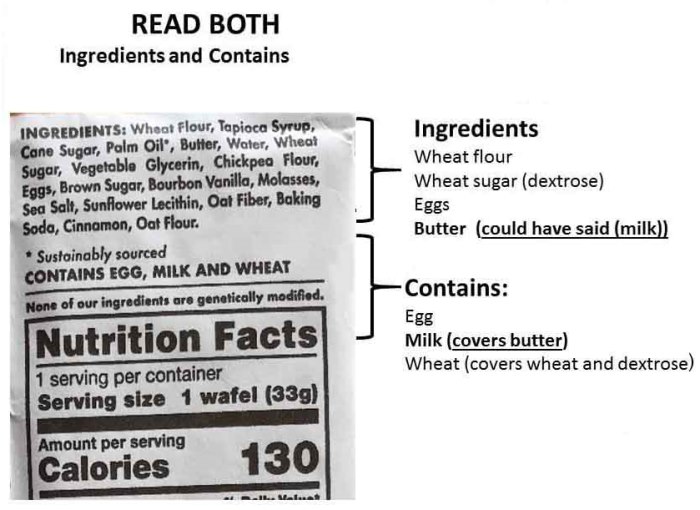

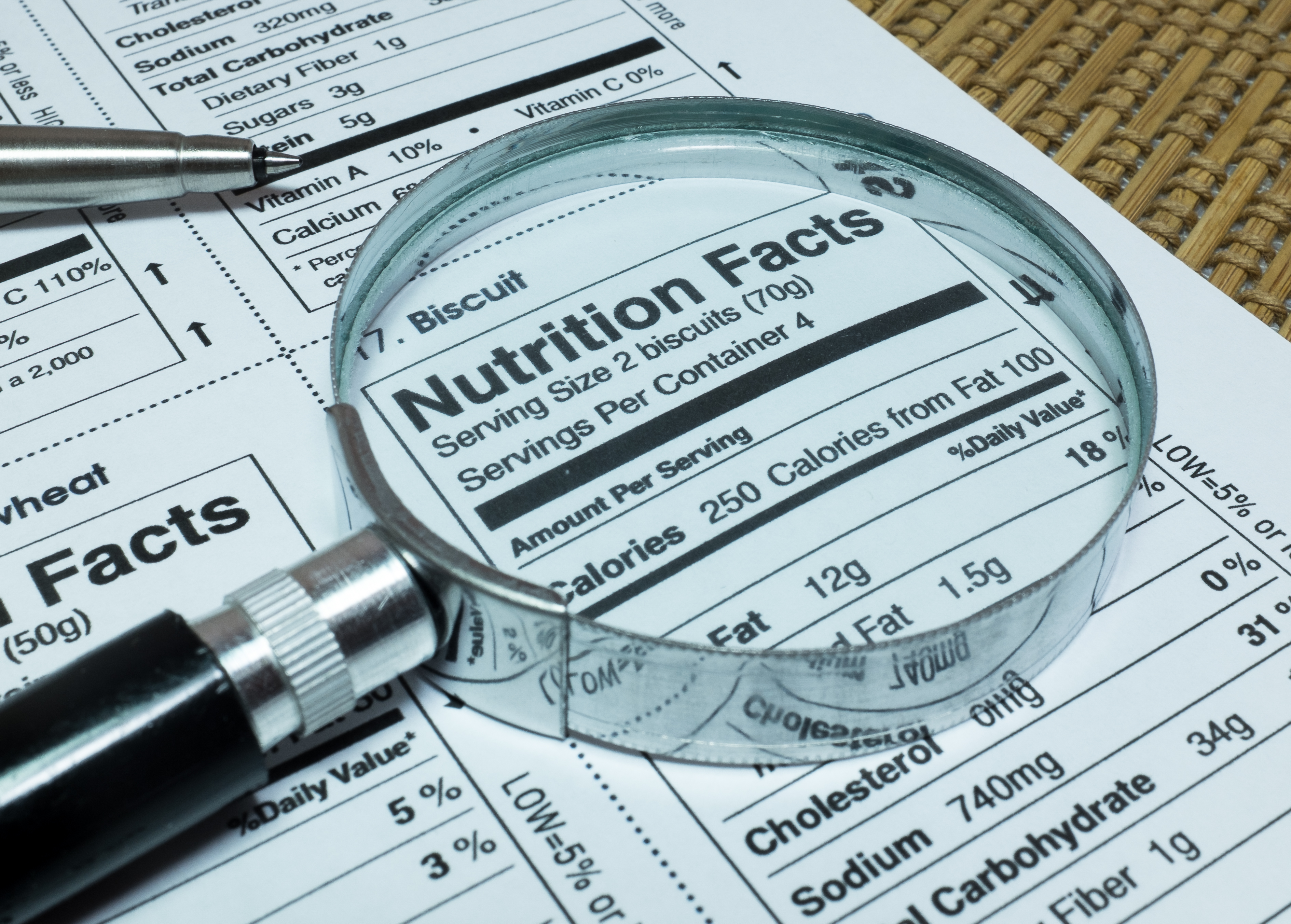


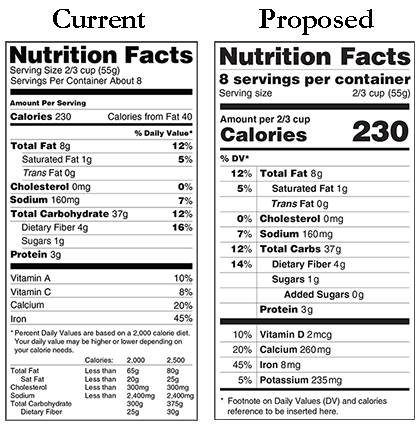
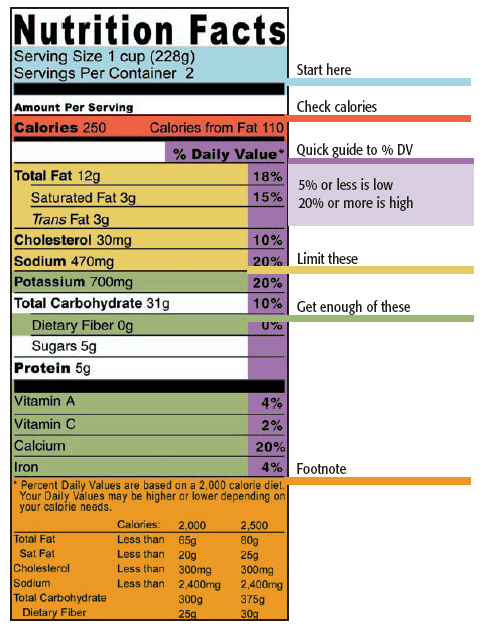


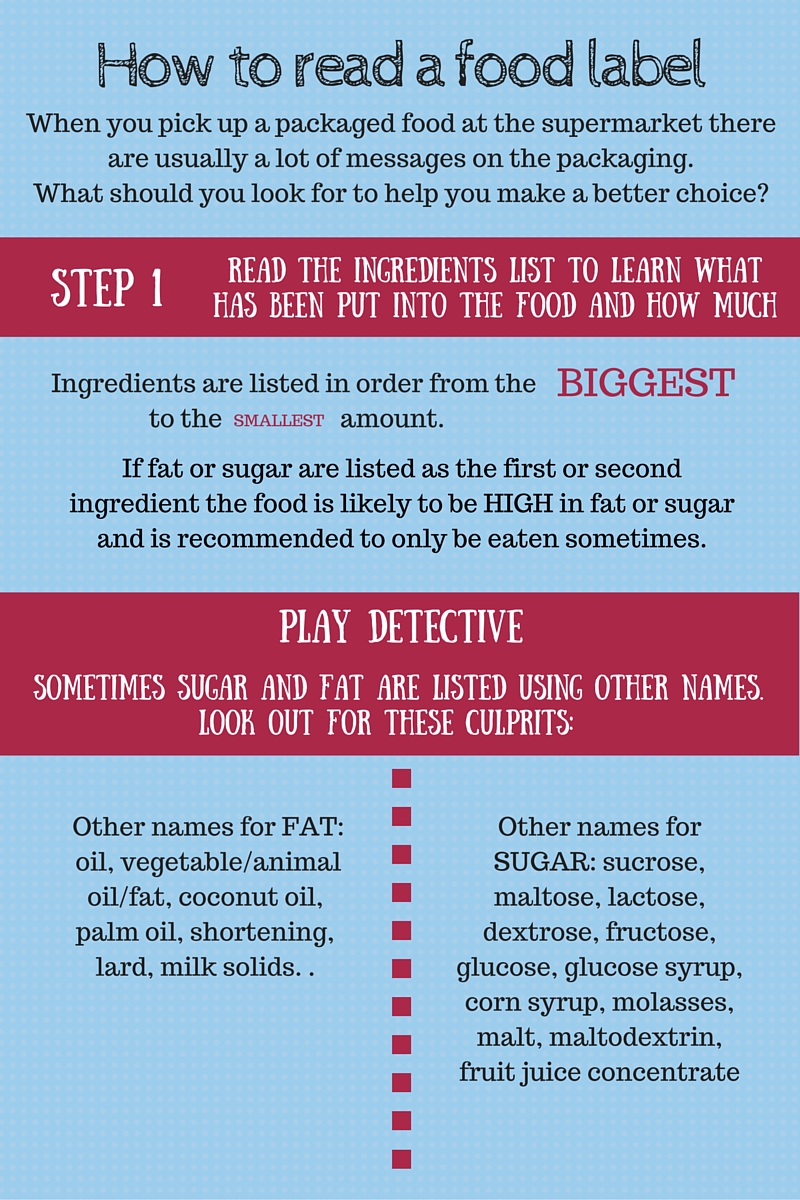





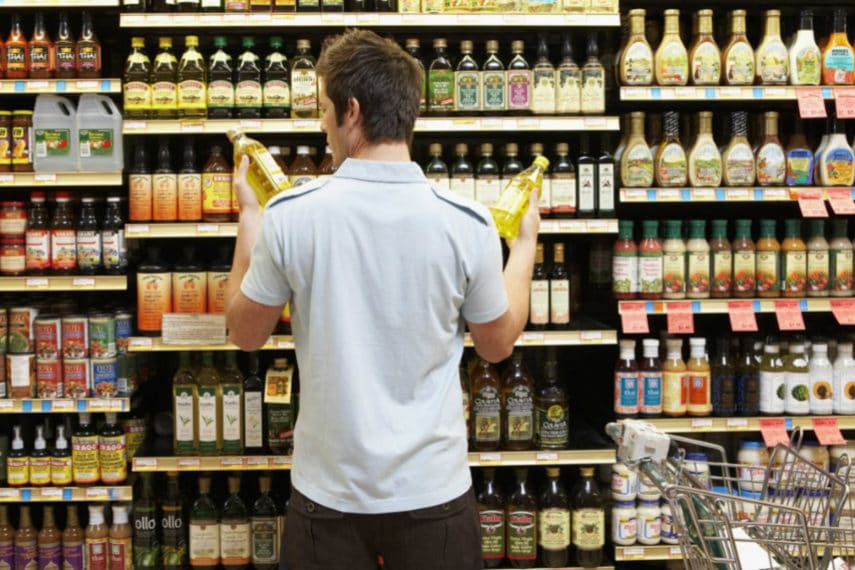

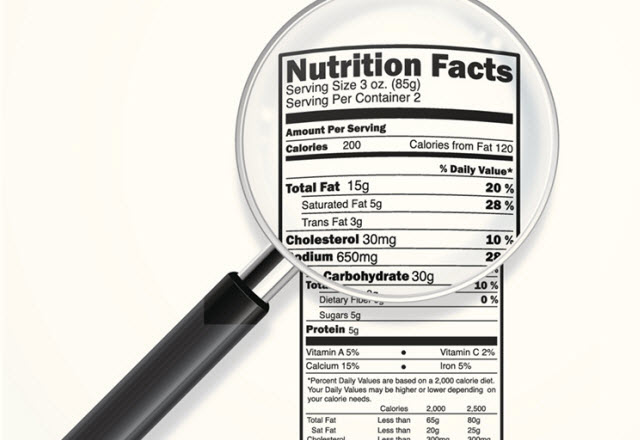
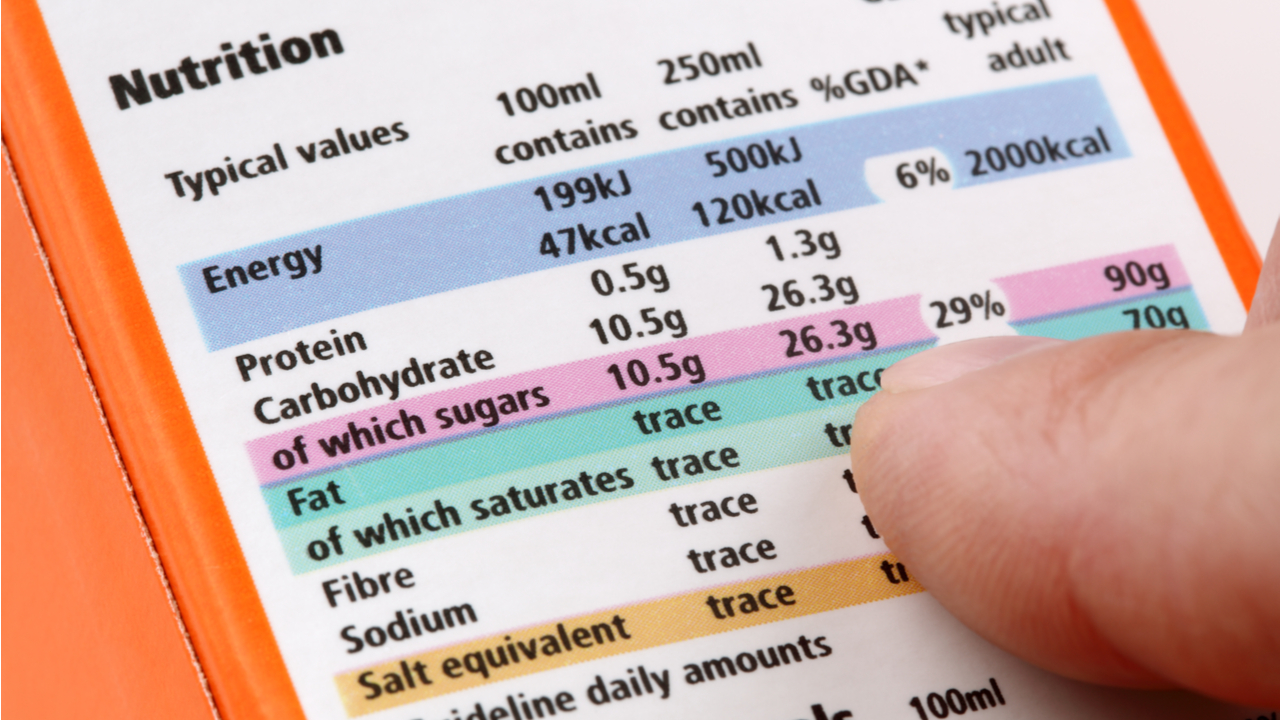
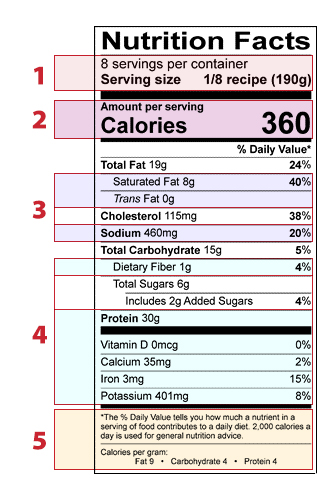

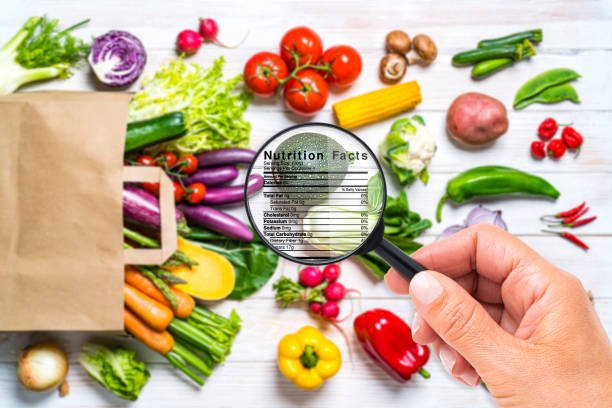


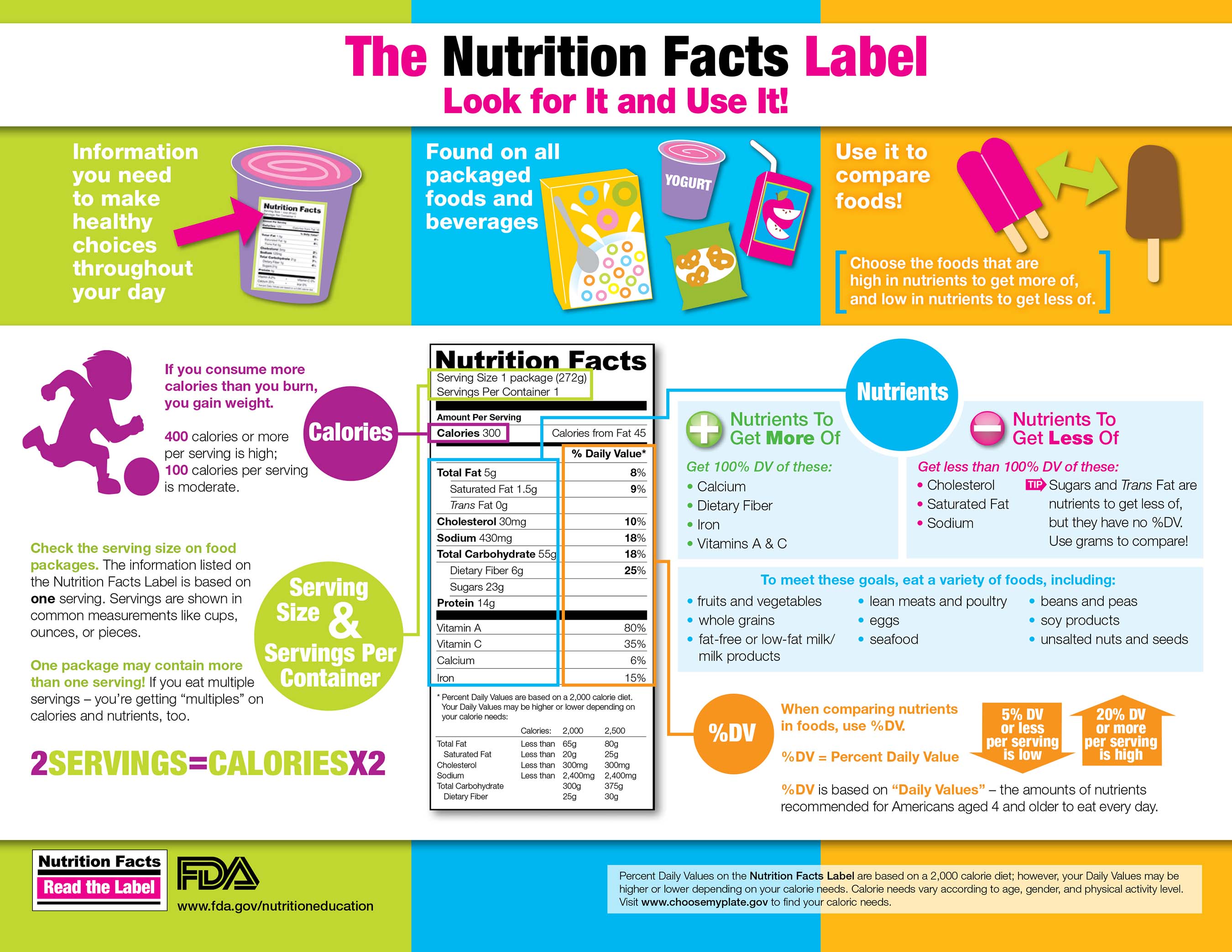

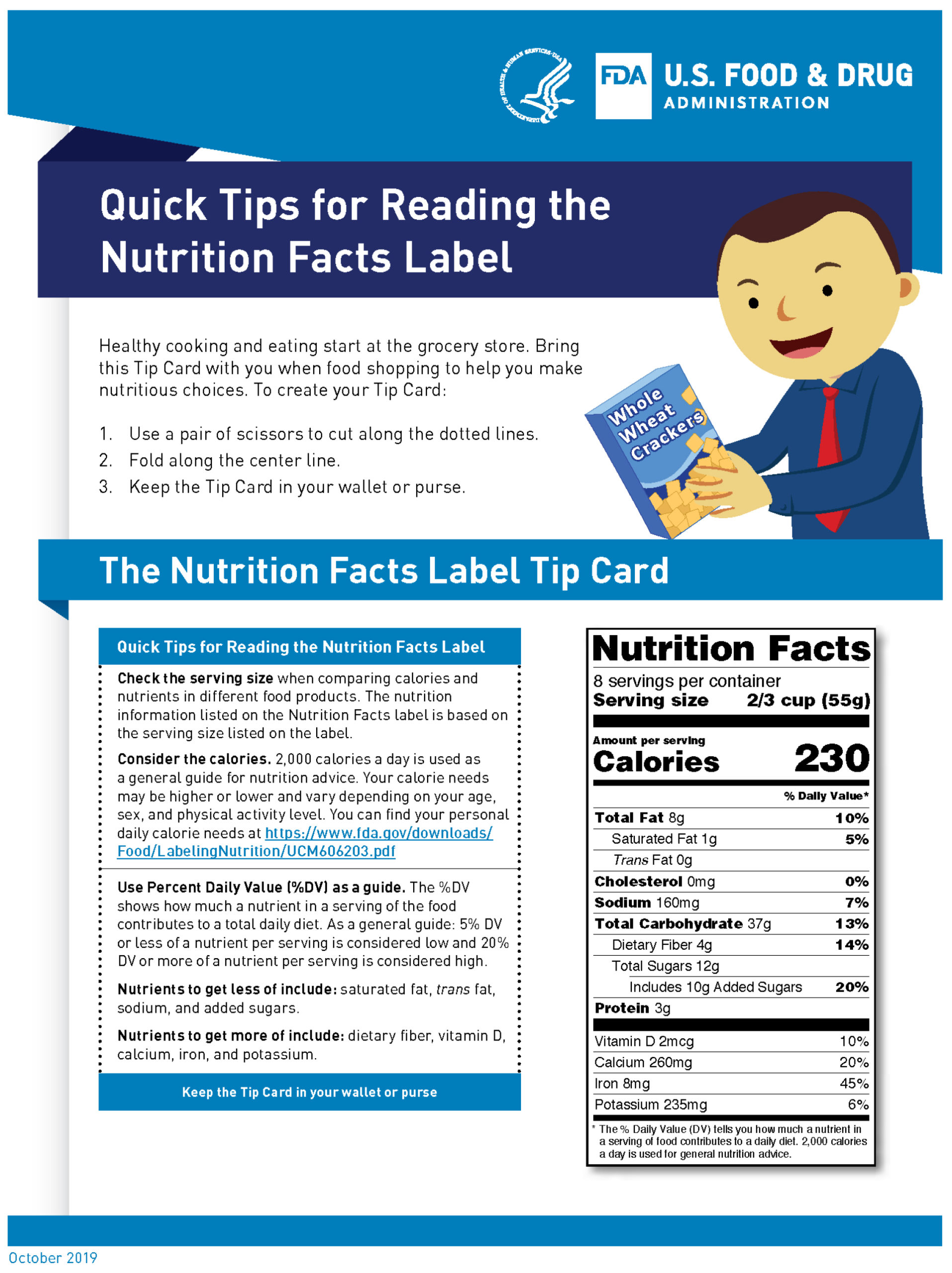




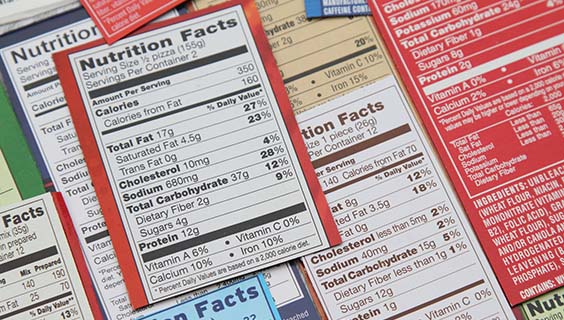



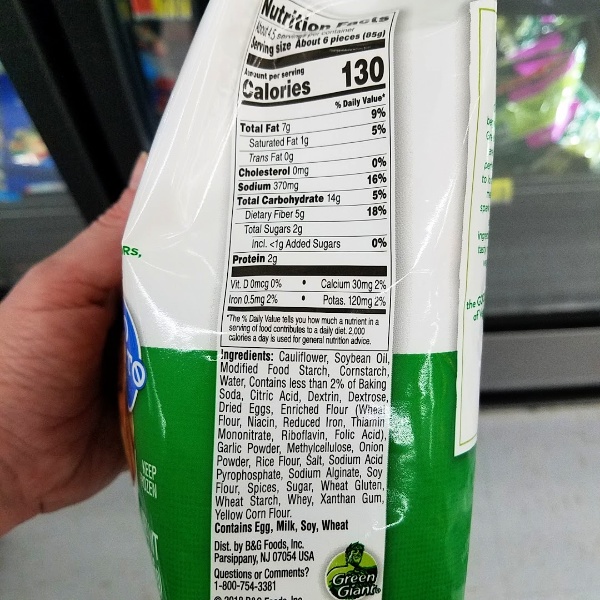

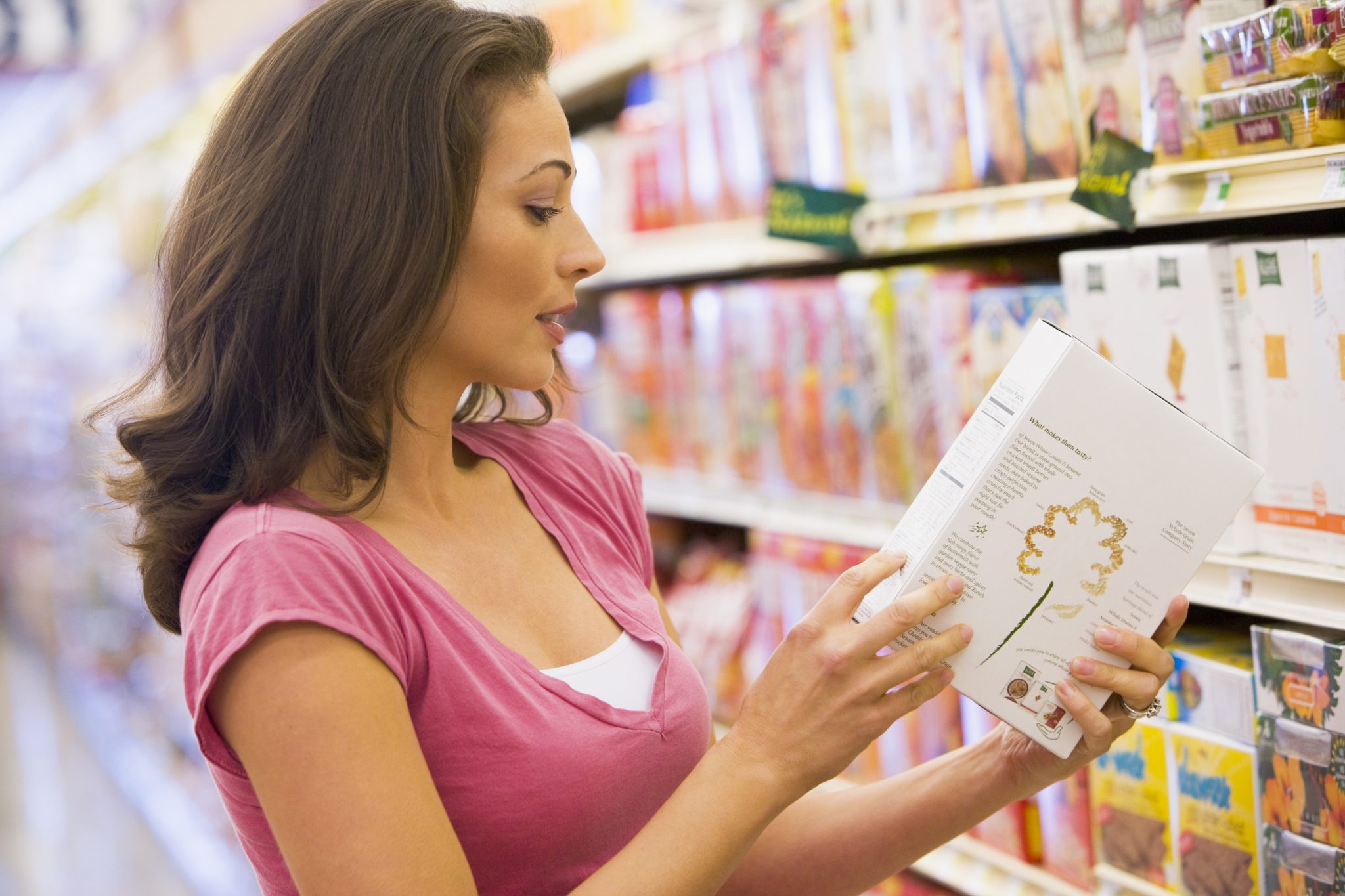
Post a Comment for "45 what to avoid when reading food labels"